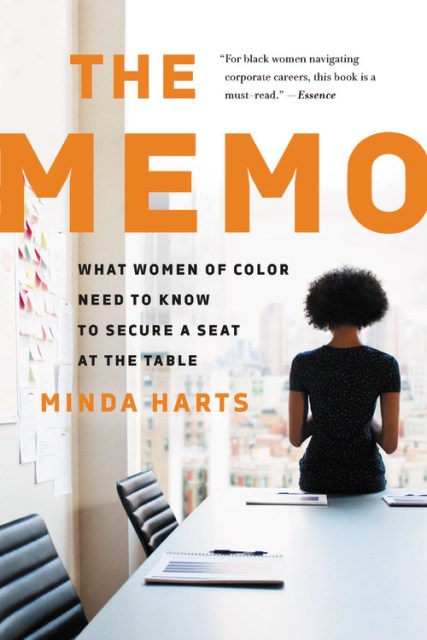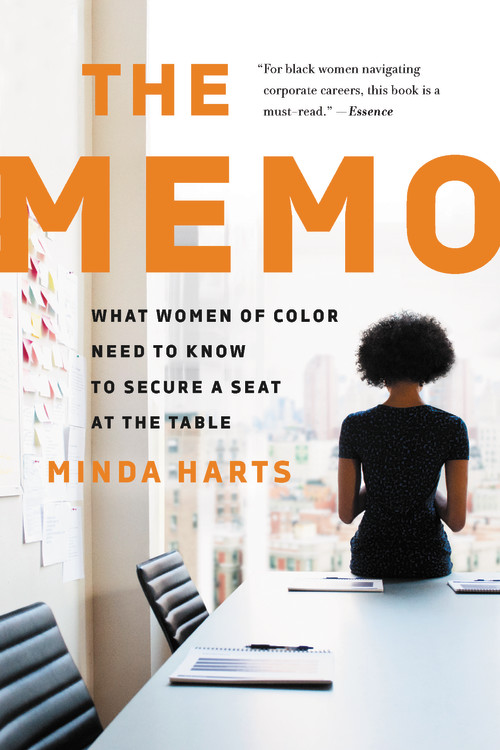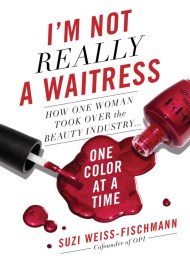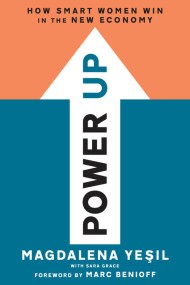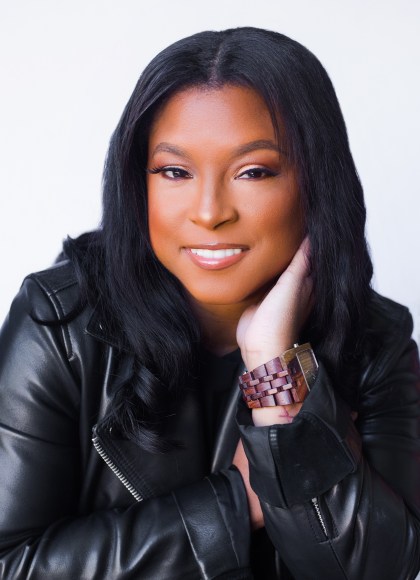Promotion
Use code BEST25 for 25% off storewide. Make sure to order by 11:59am, 12/12 for holiday delivery!
By clicking “Accept,” you agree to the use of cookies and similar technologies on your device as set forth in our Cookie Policy and our Privacy Policy. Please note that certain cookies are essential for this website to function properly and do not require user consent to be deployed.
The Memo
What Women of Color Need to Know to Secure a Seat at the Table
Contributors
By Minda Harts
Formats and Prices
- On Sale
- Sep 15, 2020
- Page Count
- 256 pages
- Publisher
- Seal Press
- ISBN-13
- 9781541675414
Price
$18.99Price
$24.99 CADFormat
Format:
- Trade Paperback $18.99 $24.99 CAD
- ebook $13.99 $17.99 CAD
- Audiobook Download (Unabridged) $18.99
This item is a preorder. Your payment method will be charged immediately, and the product is expected to ship on or around September 15, 2020. This date is subject to change due to shipping delays beyond our control.
Buy from Other Retailers:
Most business books provide a one-size-fits-all approach to career advice that overlooks the unique barriers that women of color face. In The Memo, Minda Harts offers a much-needed career guide tailored specifically for women of color.
Drawing on knowledge gained from her past career as a fundraising consultant to top colleges across the country, Harts now brings her powerhouse entrepreneurial experience as CEO of The Memo to the page. With wit and candor, she acknowledges “ugly truths” that keep women of color from having a seat at the table in corporate America. Providing straight talk on how to navigate networking, office politics, and money, while showing how to make real change to the system, The Memo offers support and long-overdue advice on how women of color can succeed in their careers.
-
"For black women navigating corporate careers, this book is a must-read."Essence
-
"Packed with strategic and tactical wisdom for women of color in the workplace."Forbes.com
-
"In this eye-opening and timely book, Minda Harts puts words to our discomfort and our at-work slights, and gives us solutions and action steps to help secure our professional development and well-being."Natashia Deón, NAACP Image Award Nominee and author of Grace
-
"This much-needed career advice guide fills the gap created by other books that lump together women of all races and overlook the unique barriers to access and success that exist for women of color, with chapters on networking, office politics, money and negotiation."B.L.A.C. Magazine
-
"An essential and honest guide to taking our rightful place in the C-Suite with tangible solutions about how to break barriers and pave a new path for ourselves -- and the next generation."Jamia Wilson, director and publisher of the Feminist Press
-
"For any woman, at any company -- even her own. To secure a seat at the table, securing this book comes first."Danyel Smith, culture journalist and former editor of Billboard and Vibe
Newsletter Signup
By clicking ‘Sign Up,’ I acknowledge that I have read and agree to Hachette Book Group’s Privacy Policy and Terms of Use
